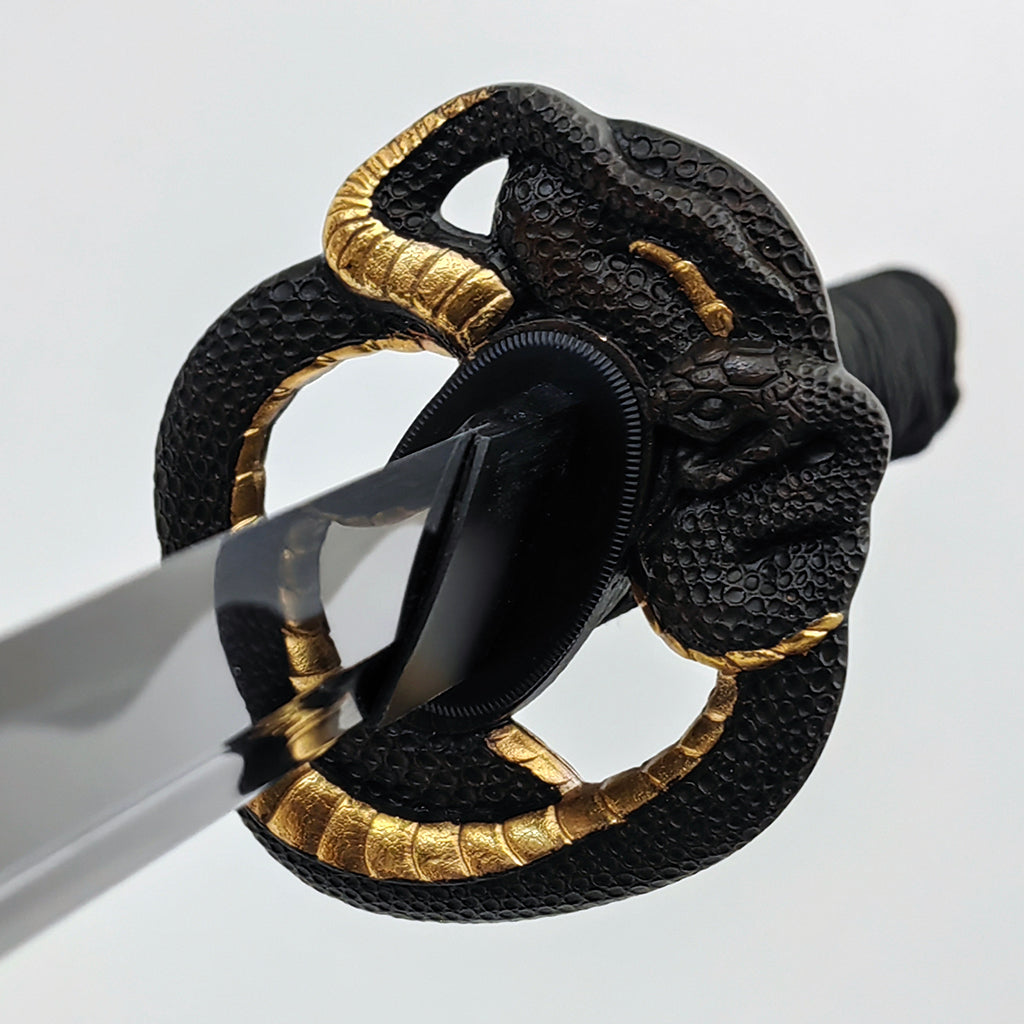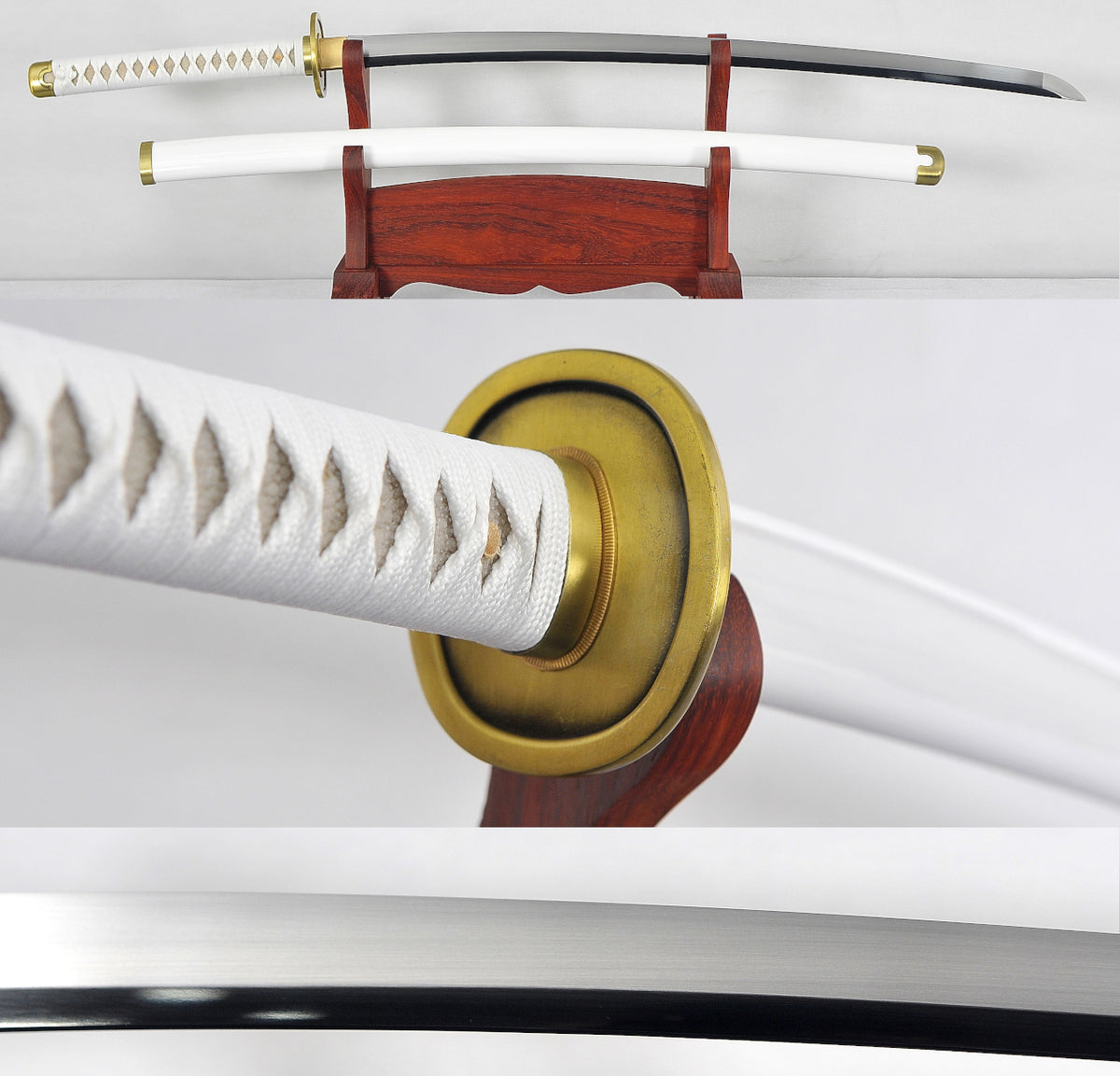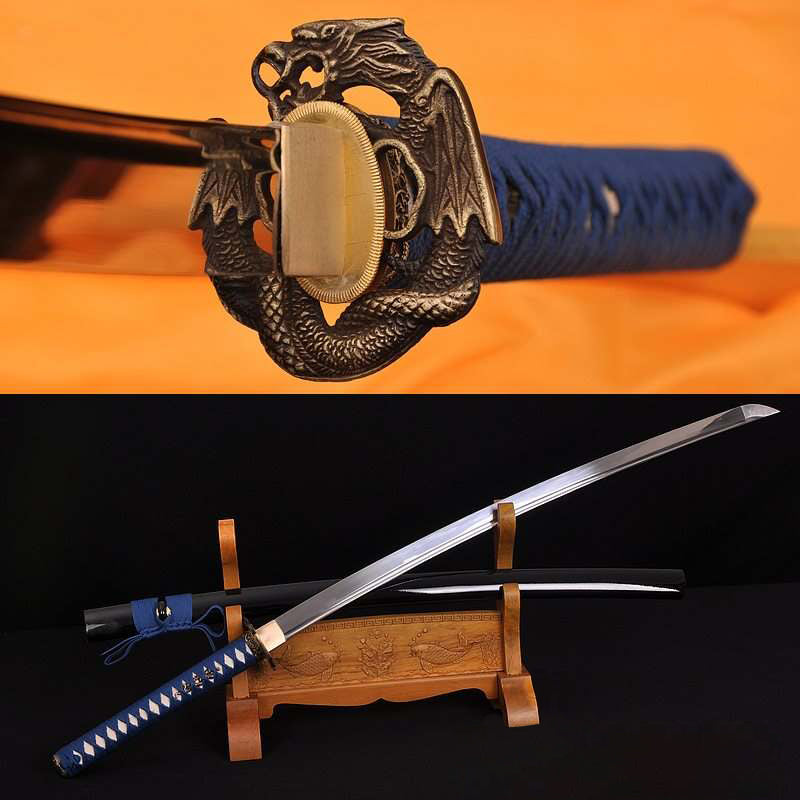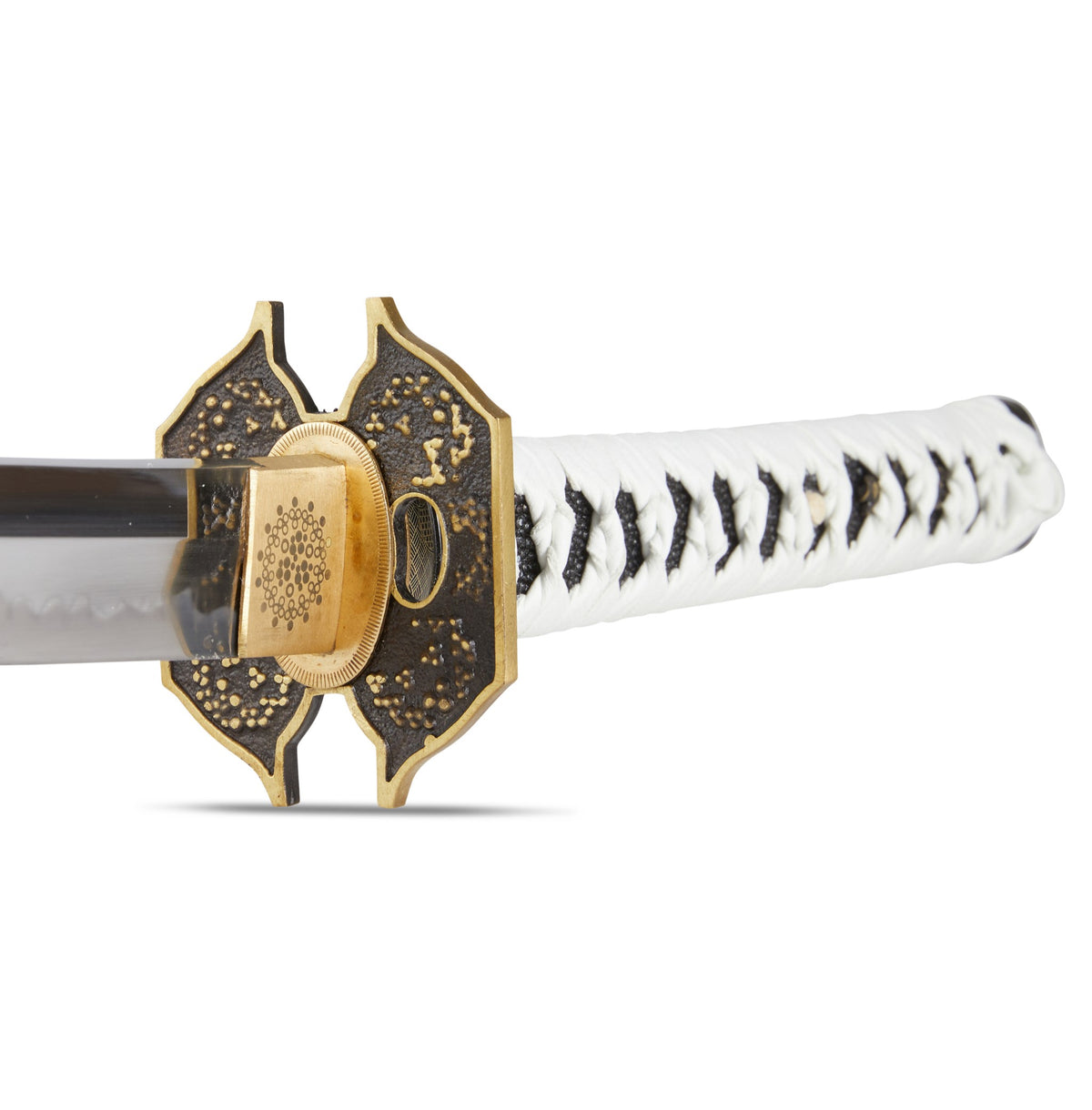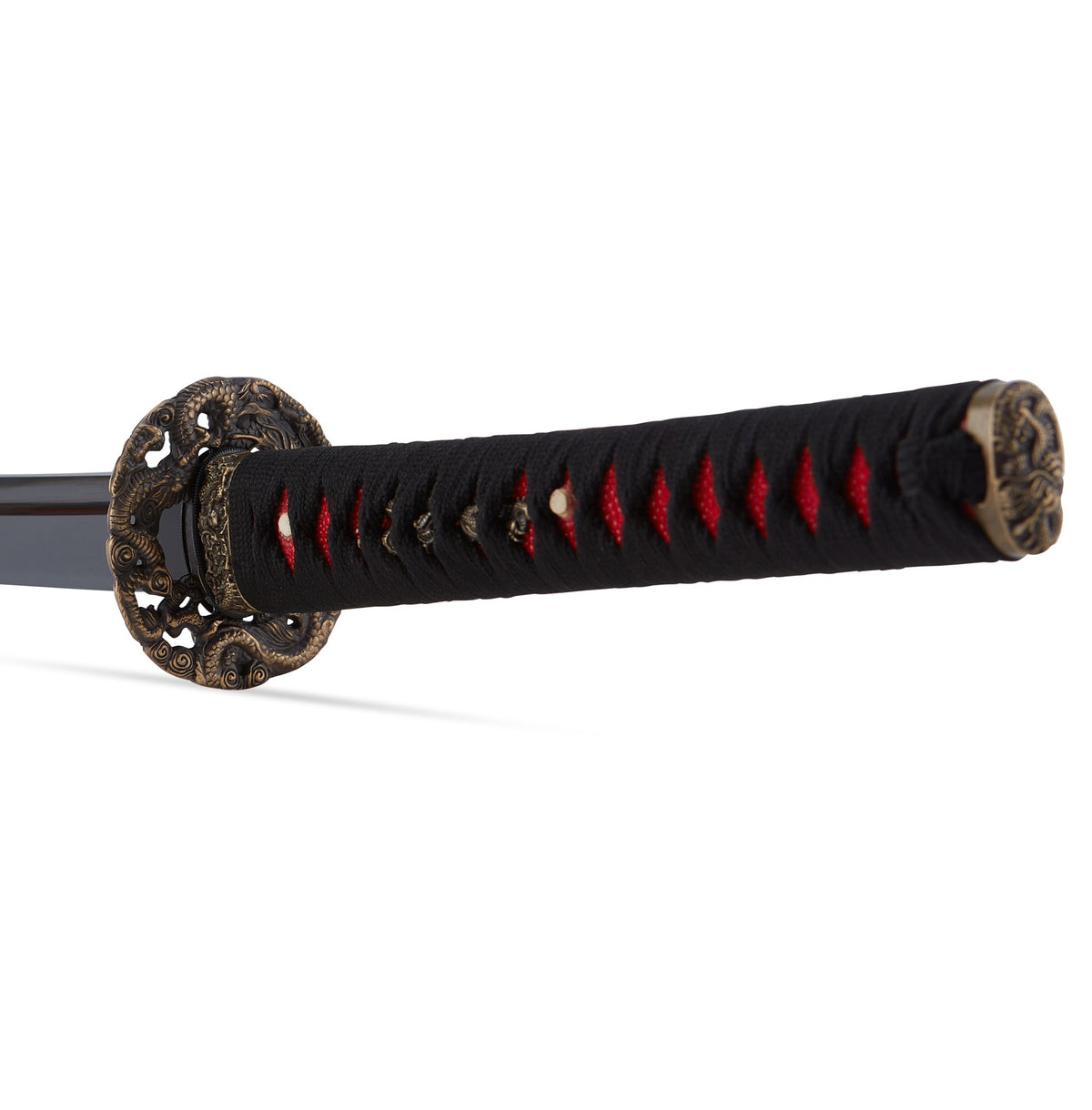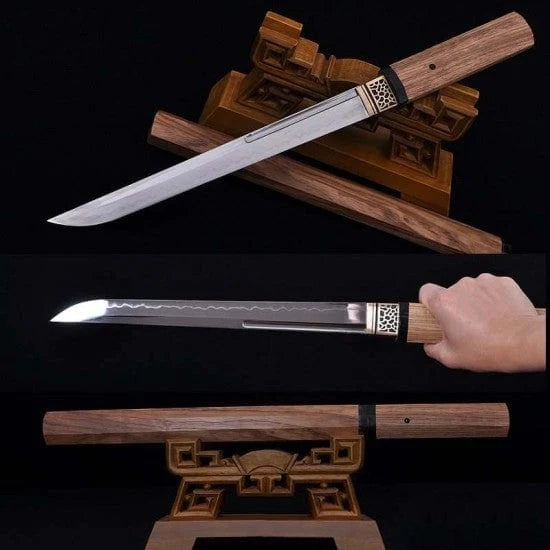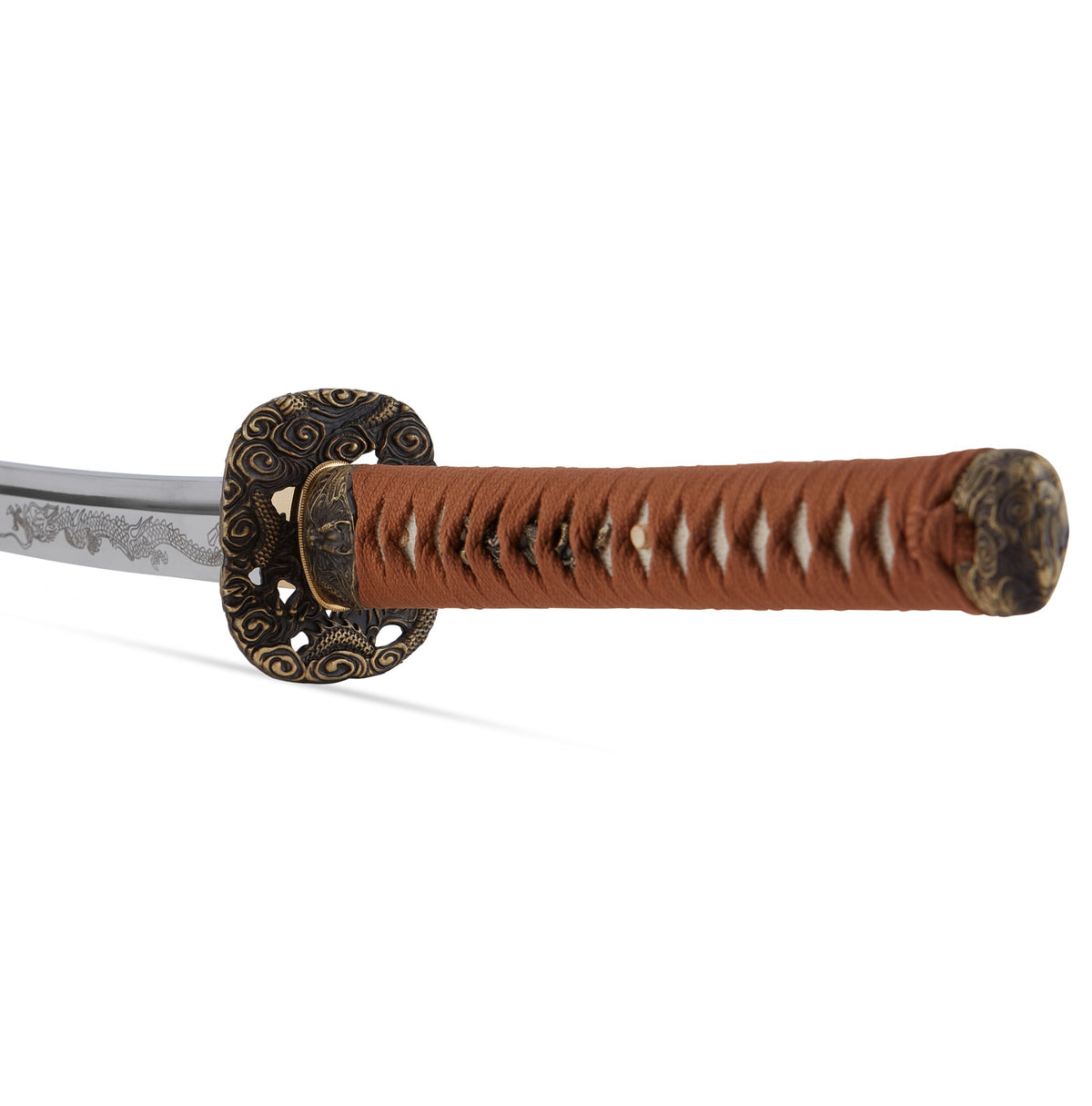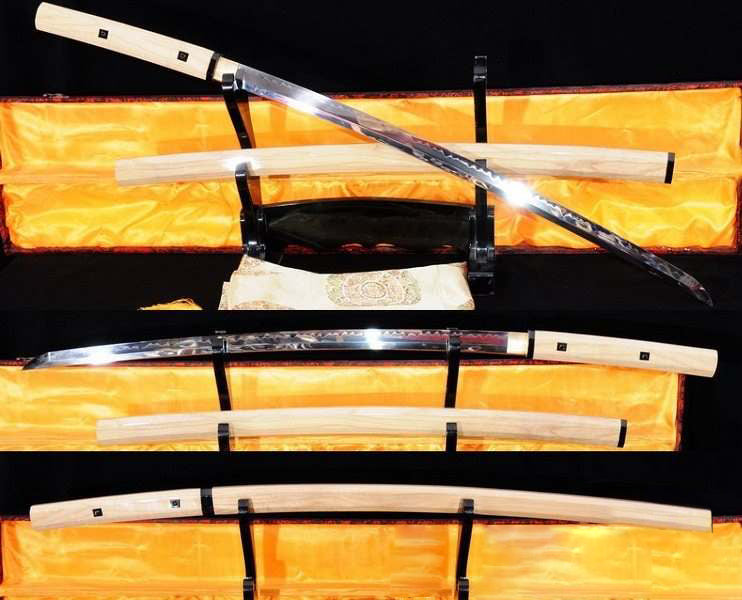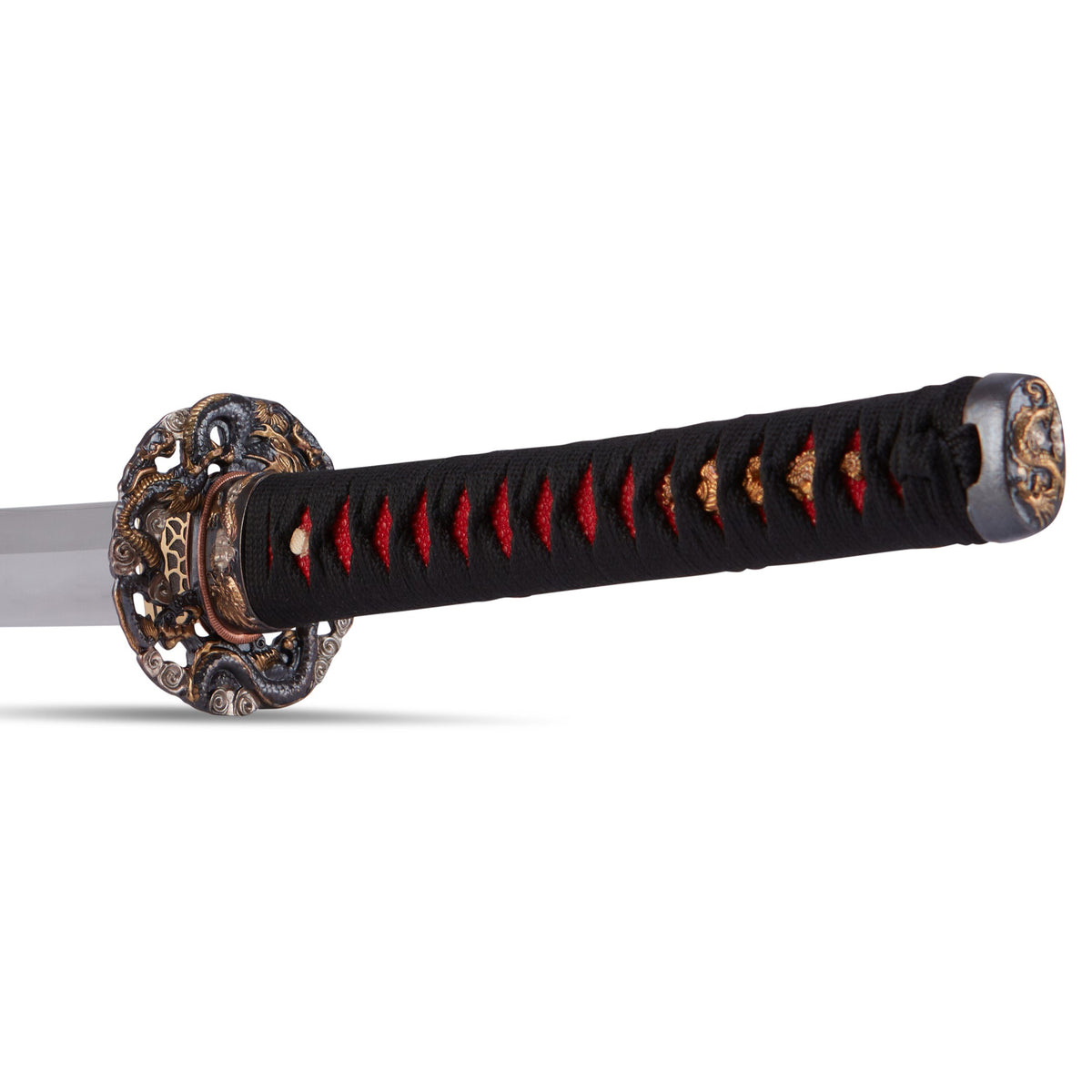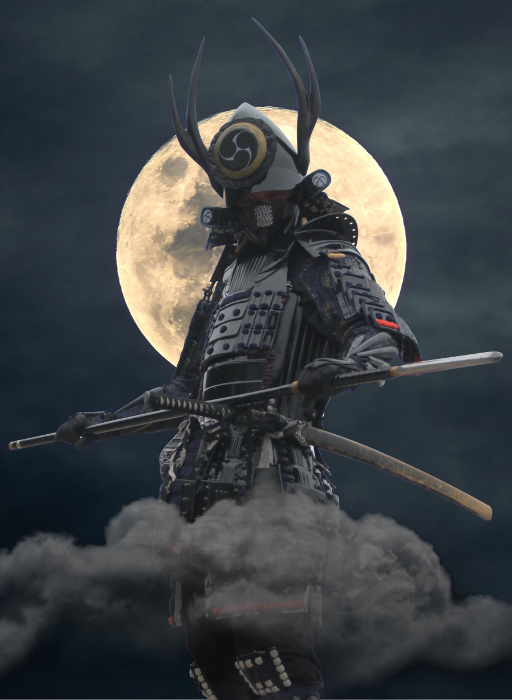Katori Shinto Ryu, The Ancient Japanese Martial Art

Katori Shinto Ryu demonstrated by Katori Vietnam
Katori Shinto Ryu is one of the oldest traditions of martial arts in Japan. It’s battle strategies used by ancient samurai warriors have been passed down quietly for nearly 600 years. Now many non-Japanese are flocking to Japan to learn this traditional Japanese martial arts.
Katori Shinto Ryu originated in the late 15th century during a large period of warring. Samurai around the country faced constant battles for territorial expansion. Iizasa Choisai Ienao is the former warrior who founded Katori Shinto Ryu. At age 60, he dedicated himself to worshiping daily to the guardian deity of Katori for 1,000 days. At the end of this period he was said to have been given the secret to this art by the deity. Ieanao’s Katori Shinto Ryu is a comprehensive martial art form suited for actual samurai combat. Training covers all traditional weapons, as well as efficient use of body in order to defeat the enemy. Besides the sword-drawing art called Iai, there are training methods for the halberd, spear, staff, as well as throwing blade. The effective battle strategies of Katori Shinto Ryu inspired many schools of martial arts. However the true teaching of Ienao was that these techniques may never be used. He was a master with a sword who refused to go to battle.
The following tale was told about Ienao who lived to be over 100 years old. Some samurai believed that if they could strike Ienao, they’d become famous. Many of them showed up at Katori. Ienao said “Since you’ve come so far, if you can do what I’m about to show you, I will face you”. He sat down on a cushion on top of bamboo leaves without crushing them. Realizing they were no match, they gave up right away. The legend tells us that while we learn killing techniques, we must never use them.

Iizasa Choisai Ienao, Founder of Katori Shinto Ryu
So while the ultimate mastery of the killing technique is pursued, it is never to be practiced. Since it’s earliest days, Katori Shinto Ryu was unique, in that it accepted everyone from every nationality. All members must sign an ethics agreement. Though Katori Shinto Ryu turns no one away, these four articles must be obeyed: To pledge absolute secrecy about matters of this art, to not discuss or demonstrate martial techniques, to never engage in any kind of gambling or frequent disreputable places, and to not cross swords with followers of other martial traditions. Should any of these articles be broken, the signee will be punished by the diety of martial arts. The agreement is sealed in blood.
Keeping this timeless oath, the training as a disciple continues for life. New members starting training sessions discover there is no special curriculum in place. When the dojo is open, they are free to come at any time. Those who leave are not mourned. What you do or don’t do with your time is up to you, so how does the training proceed? The disciple needed to accurately carry out the kata, a choreographed movement of the sword, passed down from generation to generation. This was at the core of the training. There exists over 80 kata. A critical road to improvement is to meticulously watch the advanced member’s kata, and copy their movements. Within one kata there are dozens of movements, but the reasons behind them are left unexplained. Junior’s ask senior members for a one-on-one session and repeat the same movements of the kata over and over again until their bodies start to move automatically. Practice means repetition. Observe, copy, attempt, then observe again.
The disciples often question this repetition and find themselves running into walls. They think “I’ve done this for years, am I improving at all?” But that is how you improve, climbing that wall again and again. They continue to question this, but after several years they come to naturally understand the meaning behind the kata without having been told. For those who meet the master teacher’s expectations, a new rote of training opens up. Mokuroku is a classified scroll given only to disciples after years of training. Receiving the scroll is proof of one’s confidence and character. Hints for becoming the bearer of a true killing sword are revealed in this scroll.
This ancient martial strategy from the civil war era of the late 15th century pursues how to accurately attack the vital areas of enemies in armor. Weak spots in armor include the torso, neck, and underarm. Attacking under the armpit severs a vital artery. The inner arm is another vital area where critical veins run. The cloth that runs down the arm of a samurai’s armor adds mobility, but this opens them up to attack.

at The Ann & Gabriel Barbier-Mueller Museum
The highly mobile and functional Japanese armor has a few defenseless areas. To find them and kill with a single blow is the essence of Katori Shinto Ryu. This is the real meaning hidden in the kata, which members must repeat until memorized. There are hidden techniques using the body in each and every blow that cannot be seen at a glance. In kata, an exchange occurs with each person receiving the other’s sword. However, with just a small change in angle it becomes an attack on the opponent’s vital areas.
The true meaning behind kata, shielded even from the disciples, can only be understood in part when a student reaches a level to receive the scroll. Only when the repetition of kata is understood deeply can one move up to the next rank of training. Unlike a martial art such as kendo with it’s rules, Katori Shinto Ryu is an accumulation of techniques, both tactical and practical, in actual fighting. Secrets are hidden in iai, or the sword-drawing art as well. It is the instantaneous dodging of the enemy’s attack, quickly moving to a superior position, then delivering a forceful and accurate stroke in a mere fraction of a second.
By mastering the techniques to kill, the ability to give vitality to life presents itself. The kindness in the eyes of the teachers away from the dojo, shows the true quality of Katori Shinto Ryu which has captured the hearts of disciples from around the world. The disciple’s training journey knows no end.
Best Sellers
- Regular Price
- from $199.99
- Sale Price
- from $199.99
- Regular Price
-
- Unit Price
- per
- Regular Price
- from $299.00
- Sale Price
- from $299.00
- Regular Price
-
- Unit Price
- per
- Regular Price
- from $199.00
- Sale Price
- from $199.00
- Regular Price
-
$0.00
- Unit Price
- per
- Regular Price
- from $319.00
- Sale Price
- from $319.00
- Regular Price
-
- Unit Price
- per
- Regular Price
- from $619.00
- Sale Price
- from $619.00
- Regular Price
-
- Unit Price
- per
- Regular Price
- from $249.00
- Sale Price
- from $249.00
- Regular Price
-
- Unit Price
- per
- Regular Price
- from $339.00
- Sale Price
- from $339.00
- Regular Price
-
- Unit Price
- per
- Regular Price
- from $219.00
- Sale Price
- from $219.00
- Regular Price
-
- Unit Price
- per
- Regular Price
- from $364.00
- Sale Price
- from $364.00
- Regular Price
-
- Unit Price
- per
- Regular Price
- from $519.00
- Sale Price
- from $519.00
- Regular Price
-
- Unit Price
- per
